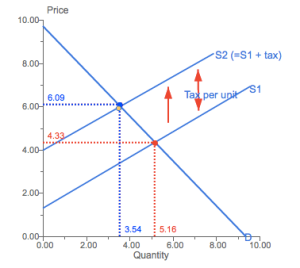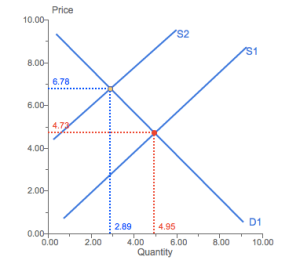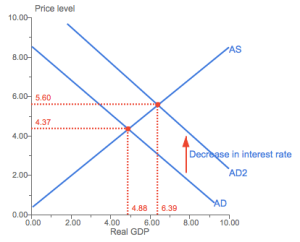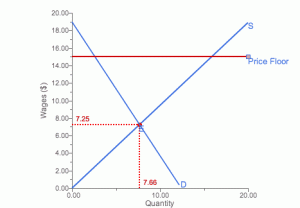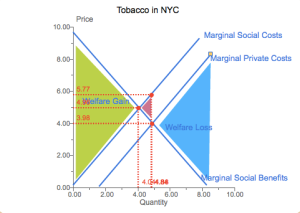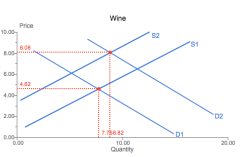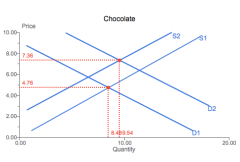The Abbott Government has quietly increased the tax on a slab of full-strength beer by 29c and added 11c to a case of light-strength beer.
The changes made under the half-yearly automatic increase in so-called “sin taxes” also sees the tax on a six-pack of beer rise by up to 8c.
The taxman will take an extra cent for every beer served across the bar in a pub or club.
Spirit drinkers are the hardest hit with the tax on a slab of ready-to-drink spirits leaping by 66c and the excise on a 700ml bottle of spirits jumping by 38c.
The automatic excise system was introduced by Bob Hawke’s government 30 years ago to avoid the Government having to announce the bad news in the Budget.
The Tax Office said the Federal Government now takes $15.63 in excise on every case of 24 cans of full-strength beer.
Carlton & United Breweries said this was one of the highest tax rates on beer in the world and called for a freeze on beer tax to provide relief.
“Australians pay amongst the highest tax for their beer in the world,” said CUB corporate affairs director Jeremy Griffith.
“Brewing is a great local industry, we want it to continue to grow and prosper. We ask the Government to give consumers a break and freeze the CPI adjustments.”
The Bureau of Statistics says beer consumption has hit a 66-year low while wine drinking has increased.
Spirits makers are also angry, saying they have 18.7 per cent of alcohol sales but are hit with 45.6 per cent of the taxes collected.
The Federal Government takes more than $20 in tax on every bottle of spirits and $35 for a case of 24 cans of ready-to-drink spirits.
The Distilled Spirits Industry Council said there was an urgent need for alcohol tax reform. It said Treasury figures showed government revenue from alcohol excise was down by $580 million between 2007 and 2013 because consumers’ drinking habits had shifted toward lower taxed wine.
The council’s manager of information and research Stephen Riden said spirit drinkers were “paying a lot more tax for their drinks”.
“Taxing all alcohol on the same basis – the amount of alcohol it contains – is common sense tax reform that would boost government revenue,” he said.
Beer and spirit excise is based on the Consumer Price Index and adjusted in February and August every year.
Under changes made by the former Rudd government, the tax on cigarettes and tobacco will increase in March and September every year in line with average wages, which is usually a higher measure.
Petrol tax was frozen by the Howard government in 2001.
Luke Sullivan, 33 of Fawkner, said he resented paying more for his beer and he believed taxes were rising to deter binge drinking and under-aged drinkers.
“I’m a hard worker who enjoys a drink.” he said. “Why should I have to pay more because of binge drinkers and those who shouldn’t be drinking in the first place? I’m not one of them, and it’s not my problem.”

